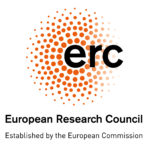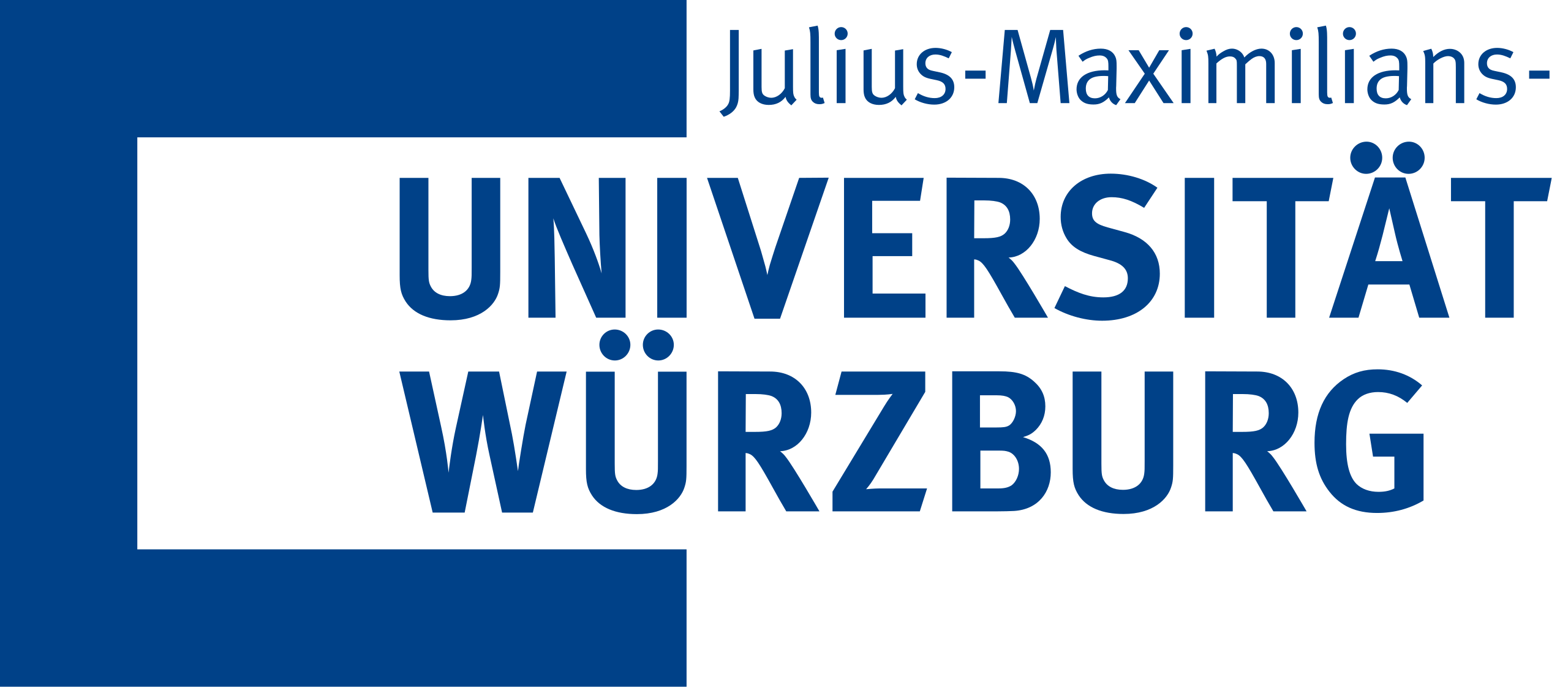Universität Würzburg
The group of PD Dr. Adriana Pálffy located at the Max Planck Institute for Nuclear Physics (Heidelberg, Germany), is focused on theoretical studies at the borderline between atomic and nuclear physics. From the atomic physics side, the interaction of nuclear transitions with atomic electrons is of paramount importance in the context of the 229-Th isomeric transition due to its extremely low energy. For instance, it was experimentally confirmed that the isomer in neutral Th atoms decays nine orders faster with respect to the radiative decay. This is the case due to the internal conversion process, in which the nuclear excitation is transferred to the outer most atomic electron which is expelled from the atom. In Th ions however, this channel is energetically forbidden, whereas the so-called electronic bridge becomes possible, in which the
nuclear transition is coupled to transitions between bound electronic states. The expertise of Dr. Pálffy’s group spans over the theoretical modeling of such processes at the borderline between nuclear and atomic physics under different conditions. This resulted in concrete proposals of experimental schemes or theoretical support of current experiments aimed at determination of the Th isomer energy and development of methods for isomer excitation. For example, the most precise isomer energy value available today could only be extracted with the help of theory from experimental observation of the internal conversion electrons from Th neutral atoms by the group of P. Thirolf [1].
As the next step, experimental schemes based on electronic bridge in highly charged Th ions [2] and Th doped crystals [3] have been investigated and are considered for future experiments. From the nuclear physics side, a nuclear model capable of explaining the existence and properties of the low-lying 229-Th isomer was developed in collaboration with Prof. Nikolay Minkov from the Bulgarian Academy of Sciences in Sofia.
In recent publications, new theoretical values of the transition
probabilities between the isomer and the ground state [1] and of the magnetic moment of the isomer [2] were reported.
[1] B. Seiferle, L. von der Wense, P. V. Bilous, I. Amersdorffer, C.
Lemell, F. Libisch, S. Stellmer, T. Schumm, C. E. Düllmann, Adriana
Pálffy, and P. G. Thirolf. Energy of the 229Th nuclear clock transition.
Nature, 573: 243–246, 2019.
[2] P. V. Bilous, H. Bekker, J. Berengut, B. Seiferle, L. von der Wense,
P. G. Thirolf, T. Pfeifer, J. R. Crespo López-Urrutia, and A. Pálffy.
Electronic bridge excitation in highly charged 229Th ions. Phys. Rev.
Lett. 124: 192502, 2020.
[3] B. S. Nickerson, M. Pimon, P. V. Bilous, J. Gugler, K. Beeks, T.
Sikorsky, P. Mohn, T. Schumm, A. Pálffy. Nuclear excitation of the 229Th
isomer via defect states in doped crystals. Submitted, arXiv:
2004.09992, 2020.
[4] N. Minkov and A. Pálffy. Reduced Transition Probabilities for the
Gamma Decay of the 7.8 eV Isomer in 229Th. Phys. Rev. Lett., 118:
212501, 2017.
[5] N. Minkov and A. Pálffy. Theoretical Predictions for the Magnetic
Dipole Moment of 229mTh. Phys. Rev. Lett., 122(16): 162502, 2019.
TEAM MEMBERS
previous members:
Pavlo Bilous
Brenden S. Nickerson





